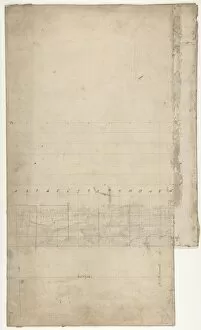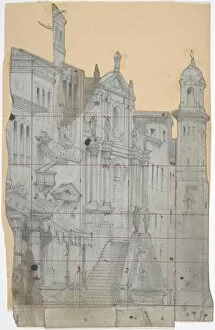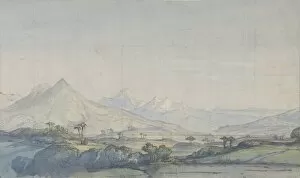1813–1890 Collection
"1813–1890
All Professionally Made to Order for Quick Shipping
"1813–1890: A Journey through the Spectacular Stage Designs of Opera Paris" Step into the enchanting world of 19th-century opera as we explore the captivating stage sets and designs that graced the renowned Opera Paris. From 1828 to 1890, this era witnessed a remarkable evolution in theatrical artistry, with each design showcasing an exquisite blend of creativity and innovation. One such masterpiece is the "Greenhouse, " a design stage set that transported audiences to lush gardens filled with vibrant flora. Created between 1828 and 1890, this breathtaking creation immersed viewers in a botanical paradise, where every detail was meticulously crafted using graphite strokes. In contrast, another striking design from this period was the "Church Interior. " With its grandeur and solemnity captured flawlessly on stage, this opulent setting evoked a sense of reverence among spectators. The use of watercolor graphite brought life to intricate architectural details while pen red strokes added depth and richness to religious motifs. The versatility of these designers shines through in their ability to create diverse scenes like the cozy "Interior Cottage. " This intimate setting exuded warmth and comfort, transporting theatergoers into rustic abodes adorned with meticulous graphite sketches. Meanwhile, recto man cane designs added character and authenticity to portrayals of everyday life during this time. Not limited by traditional themes or styles, these visionary artists also ventured into winter landscapes. In one mesmerizing piece titled "Winter Scene Two Men, " watercolor graphite techniques were employed skillfully to capture both the serenity and chilliness of snowy surroundings – truly a testament to their mastery over various mediums. Among all these magnificent creations stood one constant – the iconic stage curtain. Serving as an introduction before each performance at Opera Paris between 1830-90, it showcased stunning watercolor graphite illustrations that left audiences awe-struck even before any act began. These extraordinary designs not only enhanced performances but also shaped the way we perceive opera.












